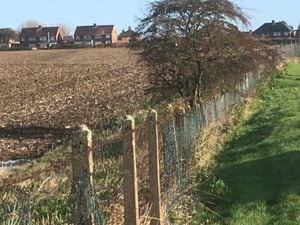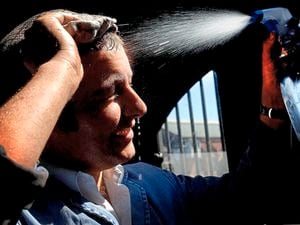West Midlands green belt land has second highest potential for homes
Green belt land in the West Midlands has the potential for 11.9 million new homes, a new report has revealed today.

The protected status accounts for more than 20 per cent of land in the West Midlands region.
But it has become increasingly under pressure as the need for new housing grows.
Experts today reveal that the West Midlands has one of the largest areas of potential development green belt land.
While a fifth of land in the West Midlands is green belt, figures reveal the figure for the whole of England is 12.5 per cent.
Woods Hardwick, the independent architecture, engineering, planning and surveying consultants, says green belt for the whole of England has the potential for 73.7 million homes.
Green belt is a 'spatial planning tool' first introduced in the 1950s as a national policy that aims to to prevent urban sprawl and keep land permanently open. It is seen as particularly important in the West Midlands as it protects green corridors between urban development.
Woods Hardwick says it accepts that green belt has a use, but says giving up just 1.4 per cent the total protected land would allow the Government to meet its target of one million new homes by the next election.
It analysed the size of the green belt across each area of England, what this equates to as a percentage of the total land area and how many homes it could facilitate if fully utilised to address the housing crisis.
The research shows that England's green belt is estimated to cover 1.637m hectares.
Bromsgrove, including Hagley and Romsley, has the highest percentage of green belt in the West Midlands at 88.9 per cent – 19,292 hectares.
South Staffordshire is at 78.8 per cent (32,096 hectares) with Cannock Chase at 61.1 per cent (4,821), Wyre Forest 57.4 per cent (11,209) and Lichfield 45.8 per cent (15,166)





